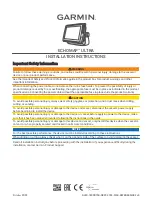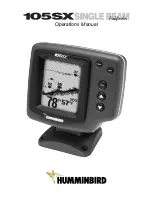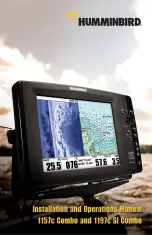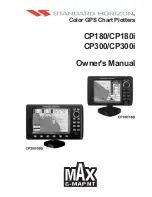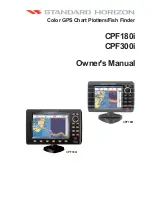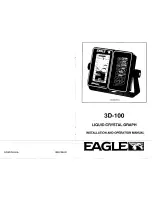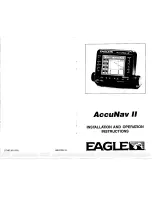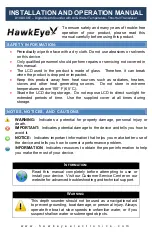
Flush Mounting the Device
NOTICE
Be careful when cutting the hole to flush mount the device. There is only a small amount of clearance between
the case and the mounting holes, and cutting the hole too large could compromise the stability of the device
after it is mounted.
Using a metal pry tool such as a screwdriver can damage the trim caps and the device. Use a plastic pry tool
when possible.
You can mount the device in your dashboard using the flush-mount template and appropriate hardware.
1 Secure the template to the mounting location.
2 Using a 13 mm (
1
/
2
in.) drill bit, drill one or more of the holes inside the corners of the solid line on the
template to prepare the mounting surface for cutting.
3 Using a jigsaw or rotary cutting tool, cut the mounting surface along the inside of the solid line indicated on
the template.
4 Place the device into the cutout to test the fit.
5 Use a pry tool, such as a flat piece of plastic or a screwdriver, to carefully pry up the corners of the trim caps,
and remove the trim caps.
6 Place the device in the cutout, and ensure the mounting holes on the device line up with the pilot holes on the
template.
7 If the mounting holes on the device do not line up with the pilot holes on the template, mark the new hole
locations.
8 Using a 3.2 mm (
1
/
8
in.) drill bit, drill the pilot holes.
9 Remove the template from the mounting surface.
10 Place the device in the cradle (
Installing the Device in the Cradle, page 8
).
11 Install the rubber gasket on the back of the device.
The rubber gasket has adhesive on the back. Make sure you remove the protective liner before installing it on
the device.
12 Connect all necessary cables (
), and spin the locking rings clockwise to secure the
cables to the cradle before placing it into the cutout.
NOTICE
To prevent corrosion of the metal contacts, cover unused connectors with weather caps.
13 Place the device into the cutout.
14 Secure the device to the mounting surface using the included screws.
15 Install the trim caps by snapping them in place around the edges of the device.
Connection Considerations
After connecting the cables to the cradle, tighten the locking rings to secure each cable.
3

